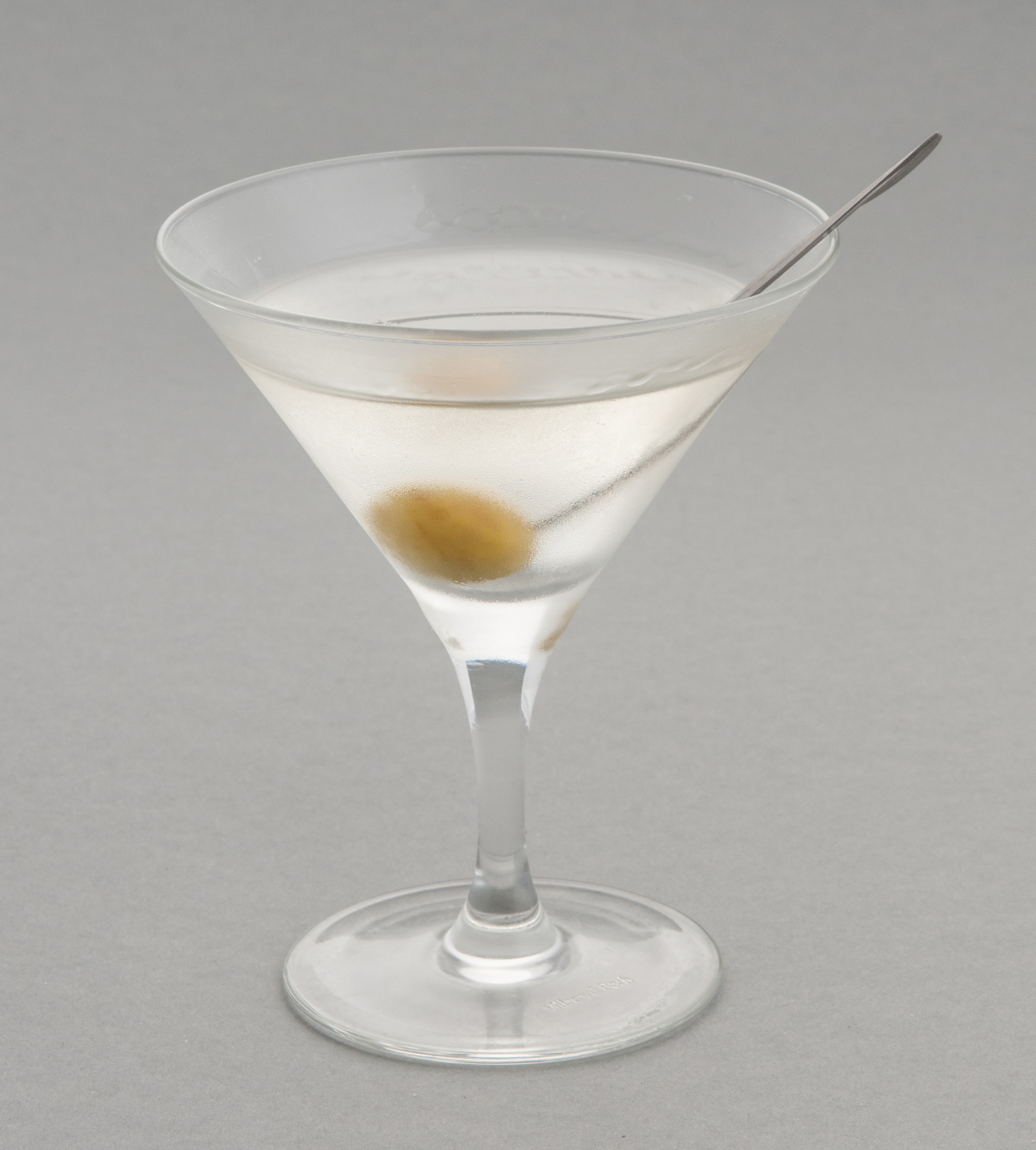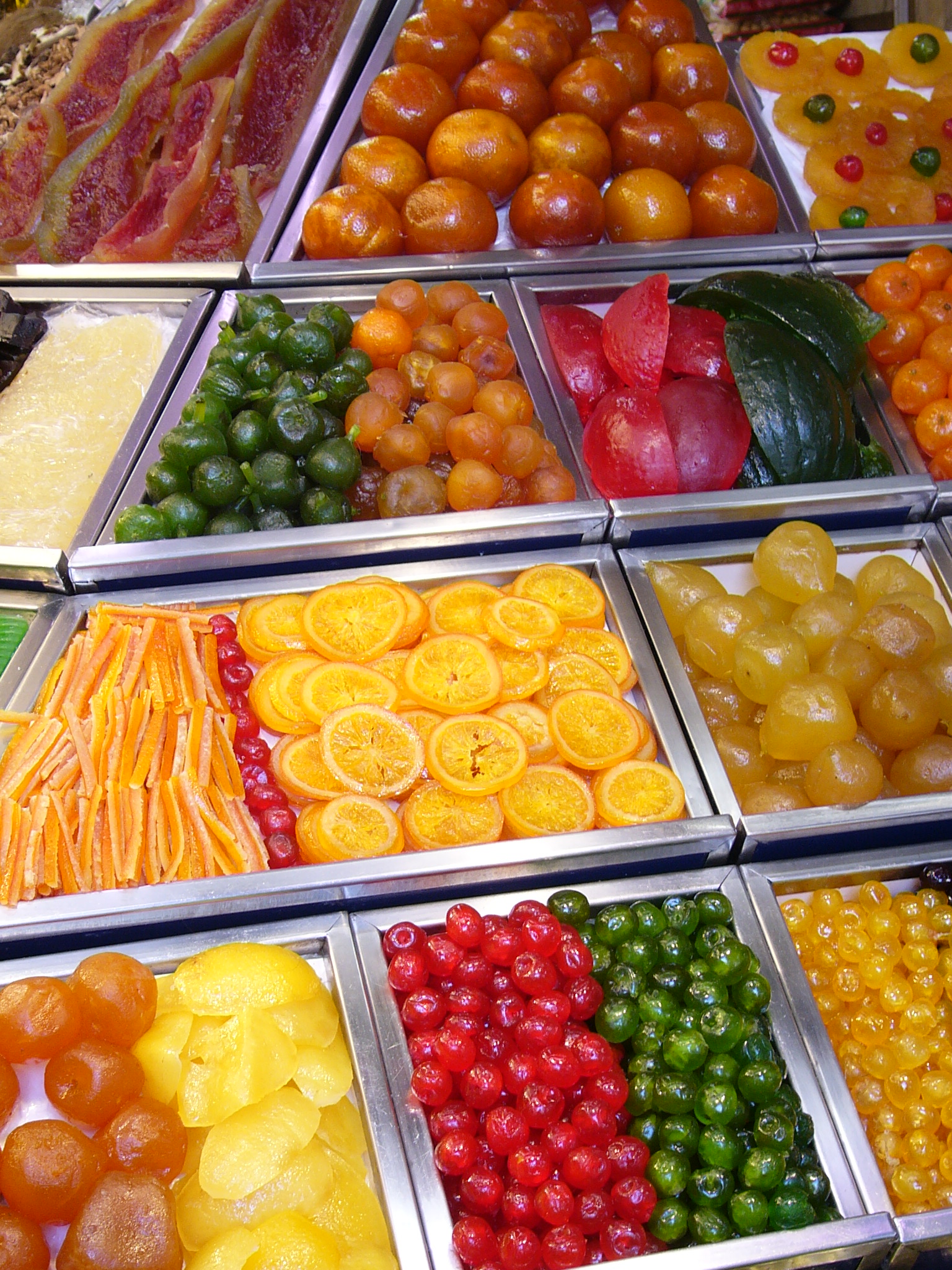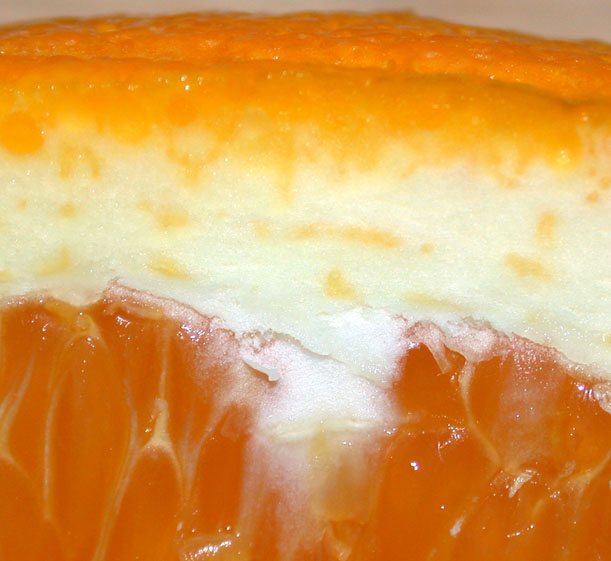|
Mandelo
A mandelo (or ''Mandalo'', also known as a "cocktail grapefruit") is a citrus fruit that is smaller than a grapefruit, has yellow or yellow-green coloured skin and bright yellow or yellow-orange flesh, but is sweeter than a grapefruit. Origin The mandelo was developed in the 1950s at the UC Citrus Experiment Station, but then escaped into public orchards. It is a yellow-orange fleshed tri-specific citrus hybrid between a 'Frua' hybrid mandarin ('Dancy' mandarin × 'King tangor') and a Siamese Sweet pomelo. This makes it 1/4 King tangor, 1/4 Dancy tangerine, and 1/2 Siamese Sweet Pomelo. It is named for its ancestors, mandarin and pomelo. Distribution The fruit normally has large and vigorous trees, but in colder situations they are smaller. They can grow in the Caribbean and Western United States and Mexico, in various soil types. Fruit description The tree is very productive, producing its fruit in clusters from November to February. They vary from the size of an orange to the ... [...More Info...] [...Related Items...] OR: [Wikipedia] [Google] [Baidu] |
Mandarin Orange
The mandarin orange (''Citrus reticulata''), also known as the mandarin or mandarine, is a small citrus tree fruit. Treated as a distinct species of orange, it is usually eaten plain or in fruit salads. Tangerines are a group of orange-coloured citrus fruit consisting of hybrids of mandarin orange with some pomelo contribution. Mandarins are smaller and oblate, unlike the spherical common oranges (which are a mandarin–pomelo hybrid). The taste is considered sweeter and stronger than the common orange. A ripe mandarin is firm to slightly soft, heavy for its size, and pebbly-skinned. The peel is thin, loose, with little white mesocarp, so they are usually easier to peel and to split into segments. Hybrids usually have these traits to a lesser degree. The mandarin is tender and is damaged easily by cold. It can be grown in tropical and subtropical areas. According to genetic studies, the mandarin was one of the original citrus species; through breeding or natural hybridization ... [...More Info...] [...Related Items...] OR: [Wikipedia] [Google] [Baidu] |
Pomelo
The pomelo ( ), ''Citrus maxima'', is the largest citrus fruit from the family Rutaceae and the principal ancestor of the grapefruit. It is a natural, non-hybrid, citrus fruit, native to Southeast Asia. Similar in taste to a sweet grapefruit, the pomelo is commonly consumed and used for festive occasions throughout Southeast Asia. As with the grapefruit, phytochemicals in the pomelo have the potential for drug interactions. Etymology and common names According to the Oxford English Dictionary, the etymology of the word "pomelo" is uncertain. It may be derived from Dutch ''pompelmoes''. Its botanical name, ''Citrus maxima'', means "the biggest citrus". In English, the word "pomelo" (also spelled pummelo, pumelo, pomello, pommelo) has become the more common name, although "pomelo" has historically been used for grapefruit. After introduction to Barbados by 'Captain Shaddock' of the East India Company (apparently Philip Chaddock, who visited the island in the late 1640s), ... [...More Info...] [...Related Items...] OR: [Wikipedia] [Google] [Baidu] |
Grapefruit
The grapefruit (''Citrus'' × ''paradisi'') is a subtropical citrus tree known for its relatively large, sour to semi-sweet, somewhat bitter fruit. The interior flesh is segmented and varies in color from pale yellow to dark pink. Grapefruit is a citrus hybrid originating in Barbados. It is an accidental cross between the sweet orange (''C. sinensis'') and the pomelo or shaddock (''C. maxima''), both of which were introduced from Asia in the 17th century. It has also been called the ''forbidden fruit''. In the past it was referred to as the ''pomelo'', but that term is now mostly used as the common name for ''Citrus maxima''. In 2019, world production of grapefruits (combined with pomelos) was 9.3 million tonnes, of which 53% was in China. Other significant producers include Vietnam, United States and Mexico. Description The evergreen grapefruit trees usually grow to around tall, although they may reach . The leaves are long (up to ), thin, glossy, and dark green. They produc ... [...More Info...] [...Related Items...] OR: [Wikipedia] [Google] [Baidu] |
Cocktail
A cocktail is an alcoholic mixed drink. Most commonly, cocktails are either a combination of spirits, or one or more spirits mixed with other ingredients such as tonic water, fruit juice, flavored syrup, or cream. Cocktails vary widely across regions of the world, and many websites publish both original recipes and their own interpretations of older and more famous cocktails. History The origins of the word ''cocktail'' have been debated (see section Etymology). The first written mention of ''cocktail'' as a beverage appeared in ''The Farmers Cabinet,'' 1803 in the United States. The first definition of a cocktail as an alcoholic beverage appeared three years later in ''The Balance and Columbian Repository'' (Hudson, New York) May 13, 1806. Traditionally, cocktail ingredients included spirits, sugar, water and bitters, however, this definition evolved throughout the 1800s, to include the addition of a liqueur. In 1862 Jerry Thomas published a bartenders: guide called ''How ... [...More Info...] [...Related Items...] OR: [Wikipedia] [Google] [Baidu] |
Syrup
In cooking, a syrup (less commonly sirup; from ar, شراب; , beverage, wine and la, sirupus) is a condiment that is a thick, viscous liquid consisting primarily of a solution of sugar in water, containing a large amount of dissolved sugars but showing little tendency to deposit crystals. Its consistency is similar to that of molasses. The viscosity arises from the multiple hydrogen bonds between the dissolved sugar, which has many hydroxyl (OH) groups. Culinary syrup There are a range of syrups used in food production, including: * Agave syrup, made from agave stem * Cane syrup, made from sugar canes * Chocolate syrup * Corn syrup * Glucose syrup * Golden syrup, a by-product of refining crystallized sugar * High fructose corn syrup, widely used in the US * Maple syrup Common syrups A variety of beverages call for sweetening to offset the tartness of some juices used in the drink recipes. Granulated sugar does not dissolve easily in cold drinks or ethyl alcohol. Since ... [...More Info...] [...Related Items...] OR: [Wikipedia] [Google] [Baidu] |
Candied Peel
Candied fruit, also known as glacé fruit, is whole fruit, smaller pieces of fruit, or pieces of peel, placed in heated sugar syrup, which absorbs the moisture from within the fruit and eventually preserves it. Depending on the size and type of fruit, this process of preservation can take from several days to several months. This process allows the fruit to retain its quality for up to a year. It has existed since the 14th century. The continual process of drenching the fruit in syrup causes the fruit to become saturated with sugar, preventing the growth of spoilage microorganisms due to the unfavourable osmotic pressure this creates. Fruits that are commonly candied include dates, cherries, pineapple, peaches, as well as ginger root. The principal candied peels are orange and citron; these with candied lemon peel are the usual ingredients of mixed chopped peel (which may also include glacé cherries). Recipes vary from region to region, but the general principle is to boil ... [...More Info...] [...Related Items...] OR: [Wikipedia] [Google] [Baidu] |
Marmalade
Marmalade is a fruit preserve made from the juice and peel of citrus fruits boiled with sugar and water. The well-known version is made from bitter orange. It is also made from lemons, limes, grapefruits, mandarins, sweet oranges, bergamots, and other citrus fruits, or a combination. Citrus is the most typical choice of fruit for marmalade, though historically the term has often been used for non-citrus preserves.Maguelonne-Samat, (Anthea Bell, tr.) ''A History of Food'' 2nd ed. 2009, p. 507 The preferred citrus fruit for marmalade production is the Spanish Seville or bitter orange, ''Citrus aurantium'' var. ''aurantium'', prized for its high pectin content, which sets readily to the thick consistency expected of marmalade. The peel imparts a bitter taste. The word "marmalade" is borrowed from the Portuguese , from ' quince'. Unlike jam, a large quantity of water is added to the fruit in a marmalade, the extra liquid being set by the high pectin content of the fruit. ... [...More Info...] [...Related Items...] OR: [Wikipedia] [Google] [Baidu] |
Southern California
Southern California (commonly shortened to SoCal) is a geographic and Cultural area, cultural region that generally comprises the southern portion of the U.S. state of California. It includes the Los Angeles metropolitan area, the second most populous urban agglomeration in the United States. The region generally contains ten of California's 58 counties: Imperial County, California, Imperial, Kern County, California, Kern, Los Angeles County, California, Los Angeles, Orange County, California, Orange, Riverside County, California, Riverside, San Bernardino County, California, San Bernardino, San Diego County, California, San Diego, Santa Barbara County, California, Santa Barbara, San Luis Obispo County, California, San Luis Obispo and Ventura County, California, Ventura counties. The Colorado Desert and the Colorado River are located on Southern California's eastern border with Arizona, and San Bernardino County shares a border with Nevada to the northeast. Southern California's ... [...More Info...] [...Related Items...] OR: [Wikipedia] [Google] [Baidu] |
Seed
A seed is an embryonic plant enclosed in a protective outer covering, along with a food reserve. The formation of the seed is a part of the process of reproduction in seed plants, the spermatophytes, including the gymnosperm and angiosperm plants. Seeds are the product of the ripened ovule, after the embryo sac is fertilized by sperm from pollen, forming a zygote. The embryo within a seed develops from the zygote, and grows within the mother plant to a certain size before growth is halted. The seed coat arises from the integuments of the ovule. Seeds have been an important development in the reproduction and success of vegetable gymnosperm and angiosperm plants, relative to more primitive plants such as ferns, mosses and liverworts, which do not have seeds and use water-dependent means to propagate themselves. Seed plants now dominate biological niches on land, from forests to grasslands both in hot and cold climates. The term "seed" also has a general me ... [...More Info...] [...Related Items...] OR: [Wikipedia] [Google] [Baidu] |
Peel (fruit)
Peel, also known as rind or skin, is the outer protective layer of a fruit or vegetable which can be peeled off. The rind is usually the botanical exocarp, but the term exocarp also includes the hard cases of nuts, which are not named peels since they are not peeled off by hand or peeler, but rather shells because of their hardness. A fruit with a thick peel, such as a citrus fruit, is called a hesperidium. In hesperidia, the inner layer (also called ''albedo'' or, among non-botanists, ''pith'') is peeled off together with the outer layer (called flavedo), and together they are called the peel. The flavedo and albedo, respectively, are the exocarp and the mesocarp. The juicy layer inside the peel (containing the seeds) is the endocarp. Uses Depending on the thickness and taste, fruit peel is sometimes eaten as part of the fruit, such as with apples. In some cases the peel is unpleasant or inedible, in which case it is removed and discarded, such as with bananas or grapefrui ... [...More Info...] [...Related Items...] OR: [Wikipedia] [Google] [Baidu] |
Caribbean
The Caribbean (, ) ( es, El Caribe; french: la Caraïbe; ht, Karayib; nl, De Caraïben) is a region of the Americas that consists of the Caribbean Sea, its islands (some surrounded by the Caribbean Sea and some bordering both the Caribbean Sea and the North Atlantic Ocean) and the surrounding coasts. The region is southeast of the Gulf of Mexico and the North American mainland, east of Central America, and north of South America. Situated largely on the Caribbean Plate, the region has more than 700 islands, islets, reefs and cays (see the list of Caribbean islands). Island arcs delineate the eastern and northern edges of the Caribbean Sea: The Greater Antilles and the Lucayan Archipelago on the north and the Lesser Antilles and the on the south and east (which includes the Leeward Antilles). They form the West Indies with the nearby Lucayan Archipelago (the Bahamas and Turks and Caicos Islands), which are considered to be part of the Caribbean despite not bordering the Caribbe ... [...More Info...] [...Related Items...] OR: [Wikipedia] [Google] [Baidu] |
Mexico
Mexico (Spanish: México), officially the United Mexican States, is a country in the southern portion of North America. It is bordered to the north by the United States; to the south and west by the Pacific Ocean; to the southeast by Guatemala, Belize, and the Caribbean Sea; and to the east by the Gulf of Mexico. Mexico covers ,Mexico ''''. . making it the world's 13th-largest country by are ... [...More Info...] [...Related Items...] OR: [Wikipedia] [Google] [Baidu] |

_001.jpg)


.jpg)



